Palazzo Martinengo in Brescia will host from January 24 to June 14, 2026 the exhibition LIBERTY. The Art of Modern Italy, entirely dedicated to Art Nouveau, an artistic and cultural period that characterized the transition between the 19th and 20th centuries. The exhibition, curated by Manuel Carrera, Davide Dotti and Anna Villari, offers a broad overview of the arts between the late 19th century and the first fifteen years of the 20th century, highlighting how new European sensibilities influenced painting, sculpture, advertising graphics, fashion, photography and applied arts. The exhibition includes more than one hundred works, including paintings by Vittorio Matteo Corcos, Gaetano Previati, Plinio Nomellini, Ettore Tito, Amedeo Bocchi, and Cesare Tallone; sculptures by Edoardo Rubino, Leonardo Bistolfi, and Liberto Andreotti ; posters by Giovanni Battista Carpanetto, Leonardo Dudovich, and Leopoldo Metlicovitz; ceramics by Galileo Chini; period photographs; and film clips. The intent of the exhibition is to outline the evolution of Art Nouveau taste, which was widespread in the late 19th and early 20th centuries, and to analyze how international currents intertwined with Italian artistic production.
Art Nouveau, also known as Art Nouveau in France, Modern Style in England, Jugendstil in Germany and SezessioninAustria, established itself in Italy with the so-called “stile nuovo” or “floral style,” characterized by sinuous lines, natural motifs and refined formal elegance. This trend also influenced architecture, fashion, photography and even early experiments in film. The Italian context embraced these innovations by adapting them to the national cultural climate, combining enthusiasm for modernity and attention to the rediscovery of craft practices. The Palazzo Martinengo retrospective is thus part of the line of research promoted by the Associazione Amici di Palazzo Martinengo on artistic expressions that flourished between the 19th and 20th centuries. The exhibition ideally continues the path started by the review dedicated to the Belle Époque, which last year attracted more than 75,000 visitors. The initiative enjoys the patronage of the Province of Brescia, the Municipality of Brescia and the Fondazione Provincia di Brescia Eventi.
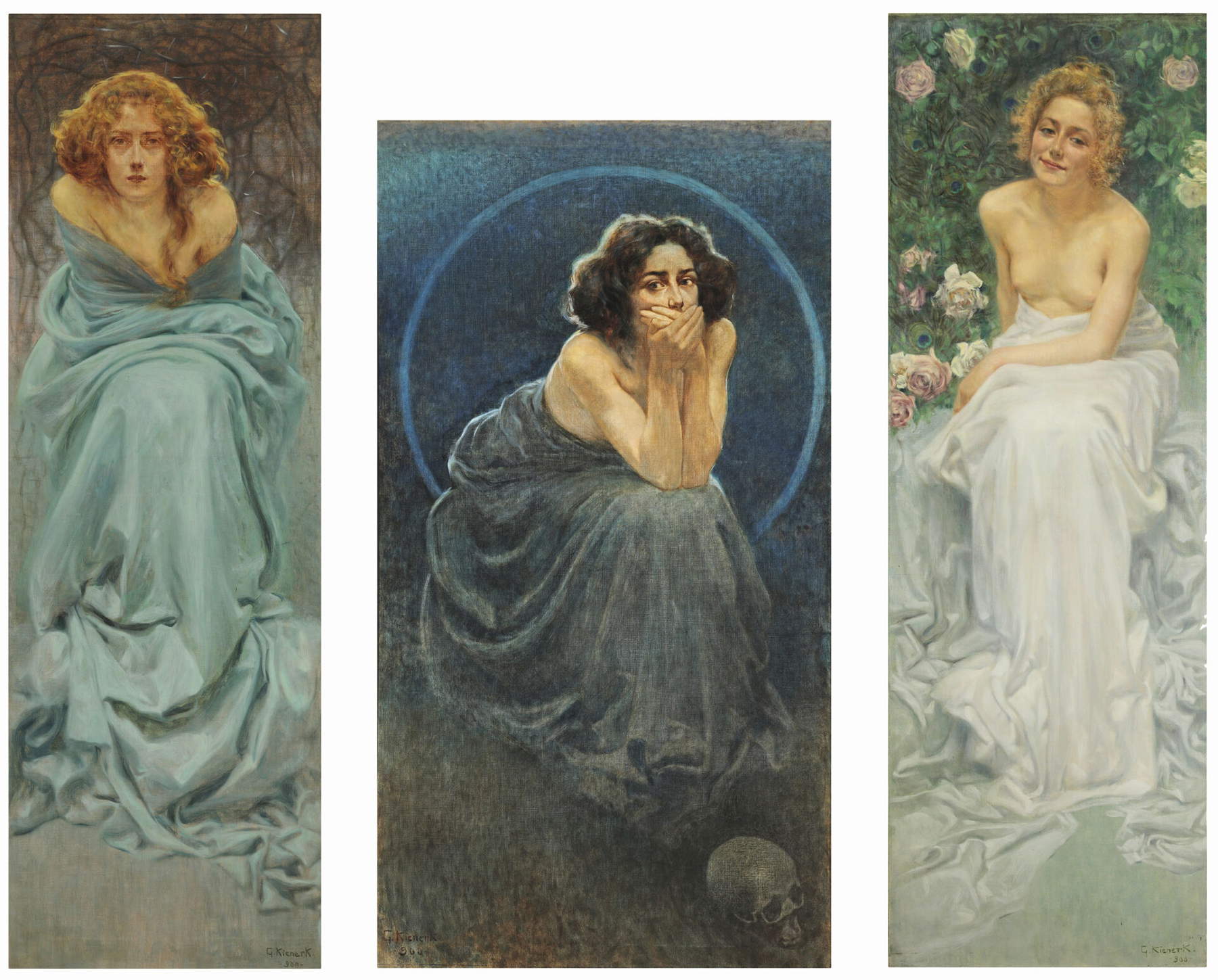
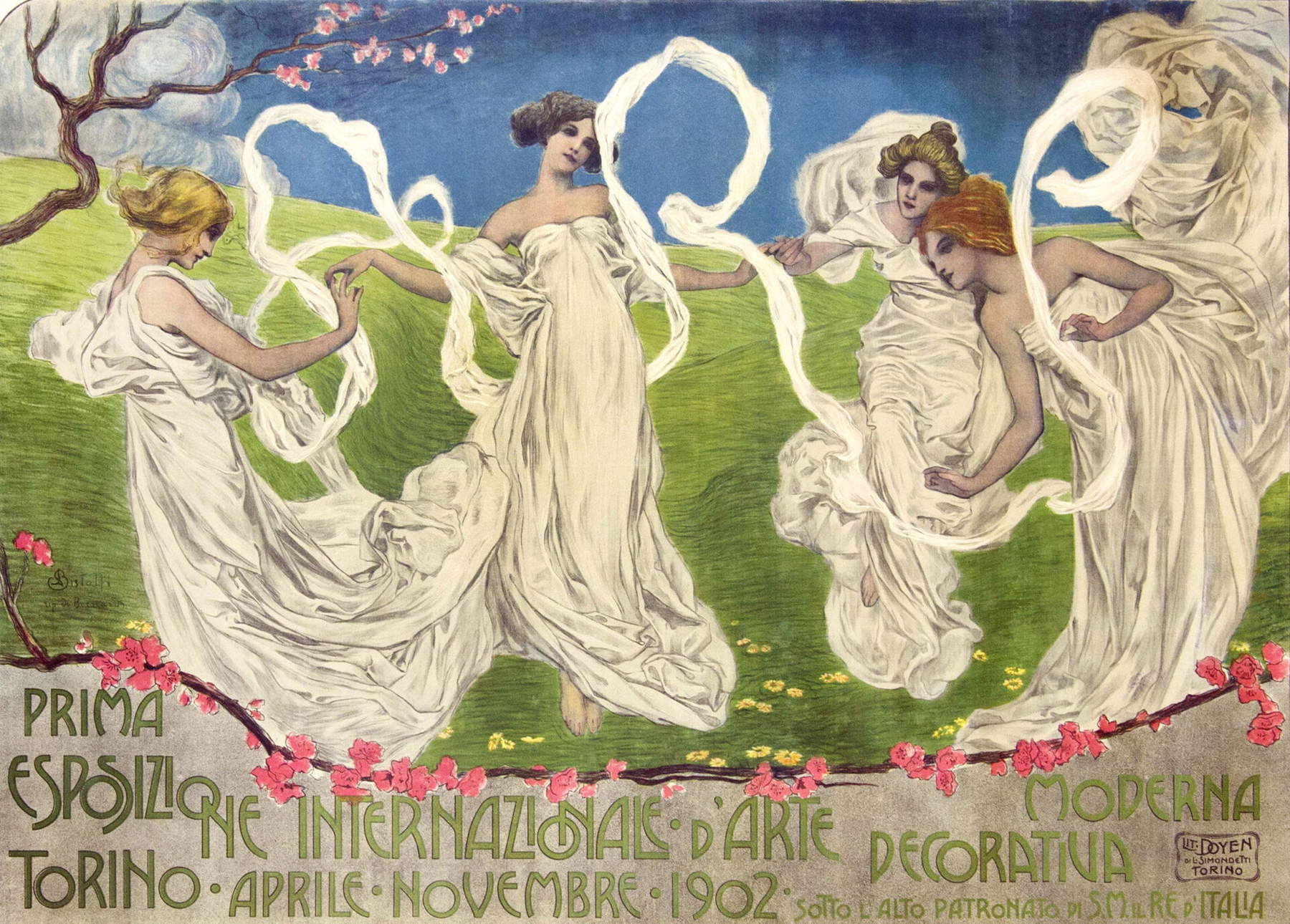
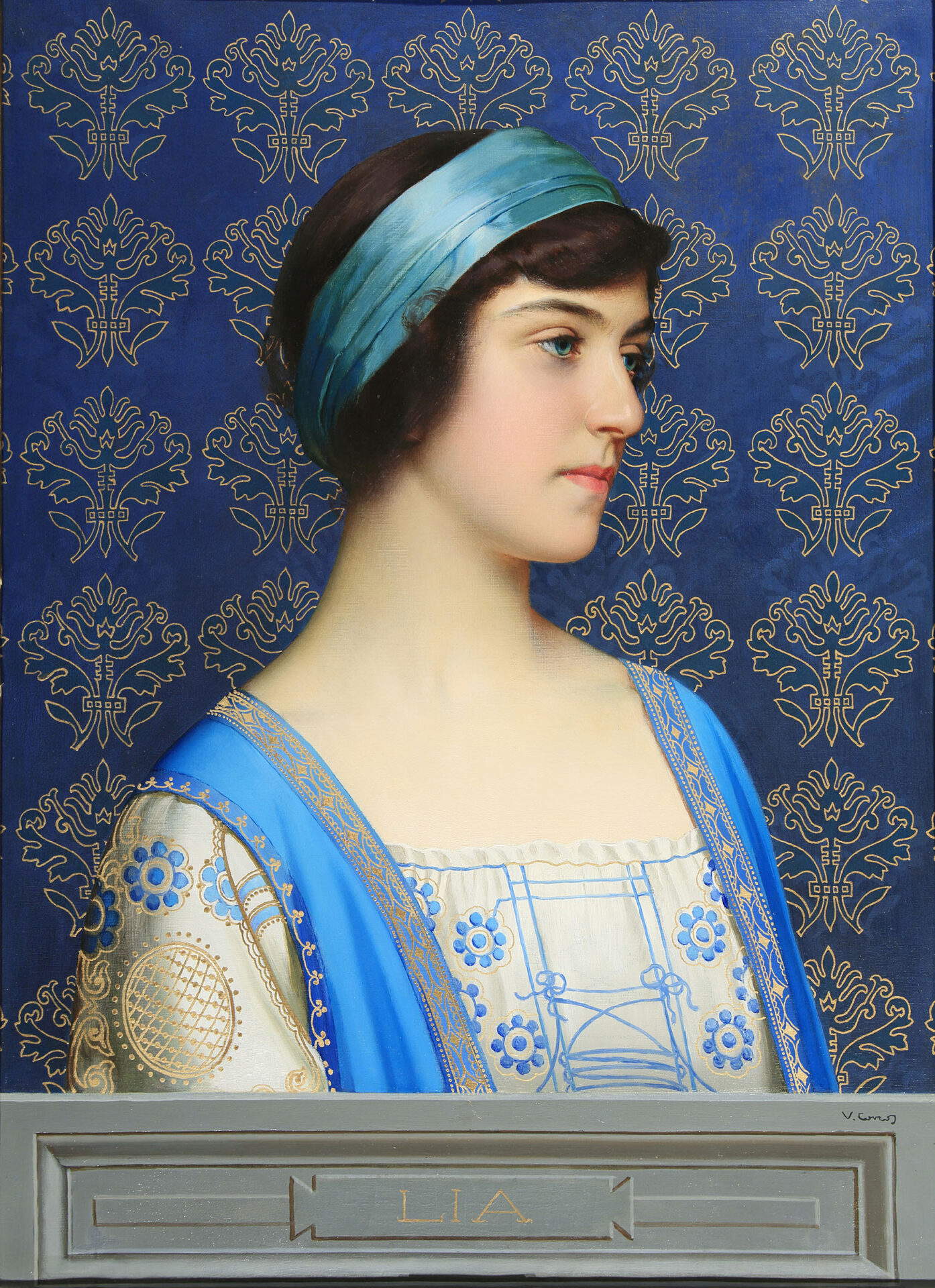
The works on display come from private collections, often little known to the public, and from museum institutions such as the Galleria Nazionale d’Arte Moderna e Contemporanea in Rome, the Galleria Nazionale in Parma and the Musei Civici in Udine. The selection takes into account the artists’ participation in the major Italian exhibitions between the late 19th century and the early decades of the 20th century, from the first Venice Biennials to the 1902 International Exhibition of Modern Decorative Art in Turin, from the 1906 National Exhibition of Fine Arts in Milan to the great International Exhibition in Rome in 1911, celebrating the fiftieth anniversary of the Unification of Italy. In this way, visitors will be able to reread works by prominent Italian artists in a broader historical perspective, juxtaposing them with lesser-known or entirely new works.
The exhibition offers a dialogue between painting and sculpture, graphics, photography and cinema, with a focus on the emerging phenomenon of “stardom.” This approach allows one of the most fertile periods in European art history to be observed from unusual viewpoints. Pictorial works include works by Vittorio Matteo Corcos, Gaetano Previati, Plinio Nomellini, Ettore Tito, Amedeo Bocchi and Cesare Tallone, flanked by bronze and marble sculptures by Edoardo Rubino, Leonardo Bistolfi and Libero Andreotti.
Italian Art Nouveau also emerges through fashion and the decorative arts: in fact, the exhibition includes a selection of women’s dresses made in the ateliers of the leading tailors of the time, colorful advertising posters for department stores, liquor, newspapers, theatrical performances and tourist resorts, signed by illustrators such as Giovanni Battista Carpanetto, Leonardo Dudovich and Leopoldo Metlicovitz. Also on display are artistic ceramics by Galileo Chini, characterized by decorations inspired by nature and refined formal creativity.
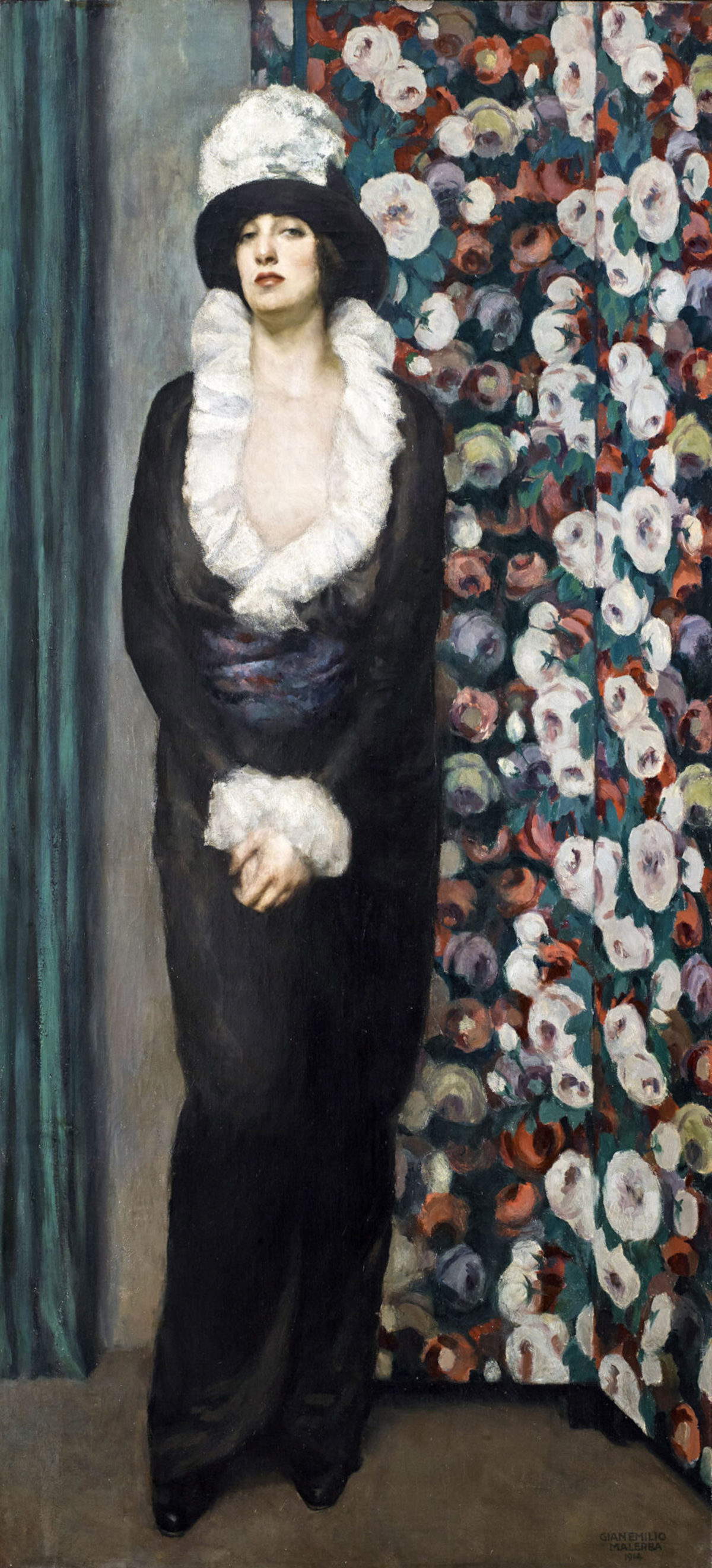
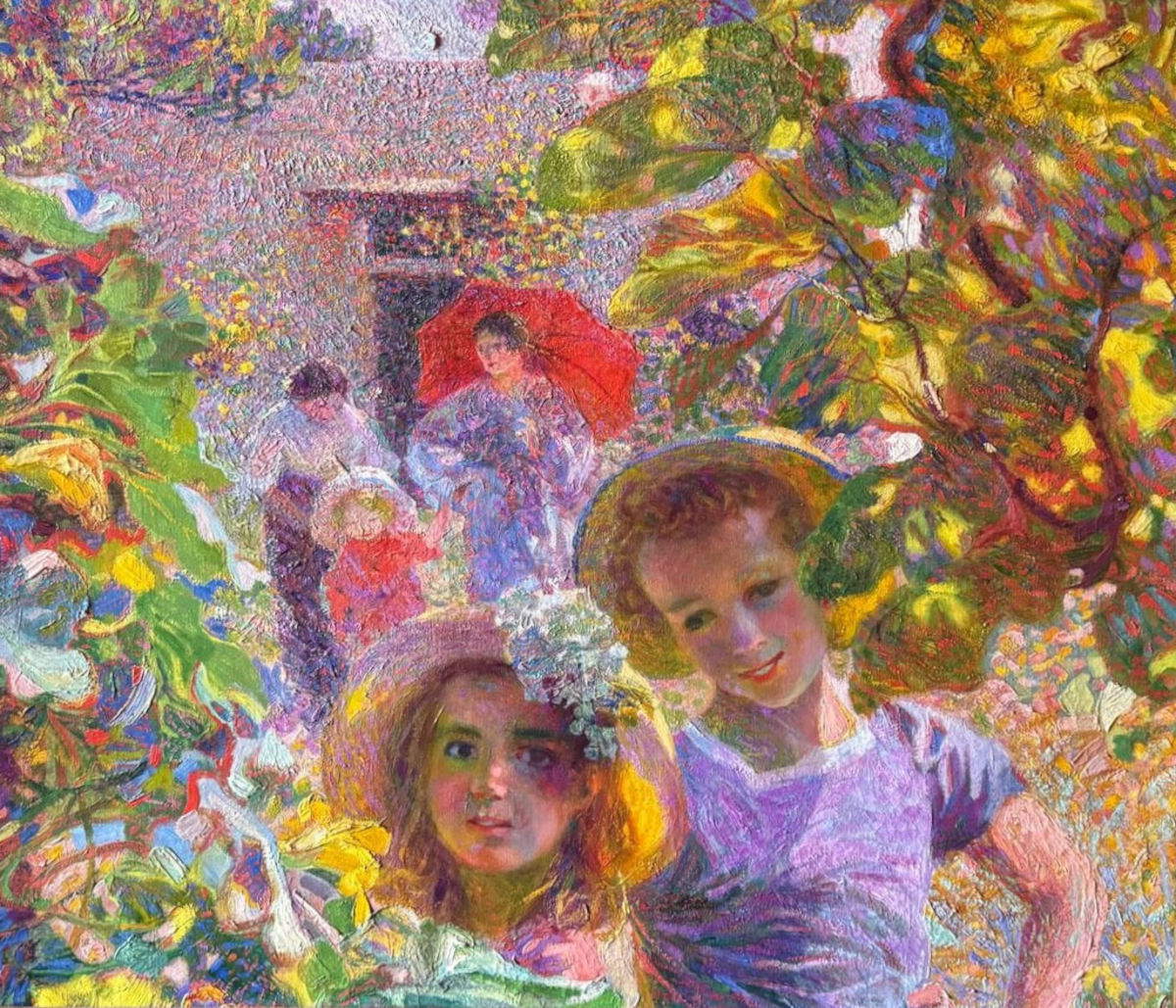
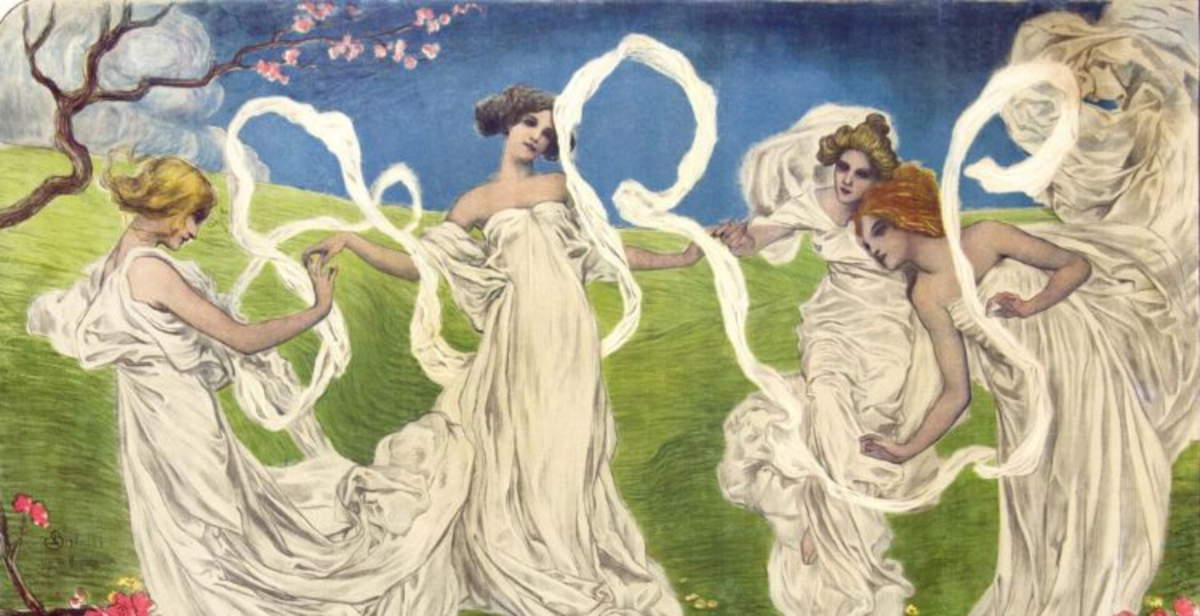 |
| A major exhibition on Art Nouveau in Brescia: painting, sculpture and decorative arts in one hundred works |
Warning: the translation into English of the original Italian article was created using automatic tools. We undertake to review all articles, but we do not guarantee the total absence of inaccuracies in the translation due to the program. You can find the original by clicking on the ITA button. If you find any mistake,please contact us.